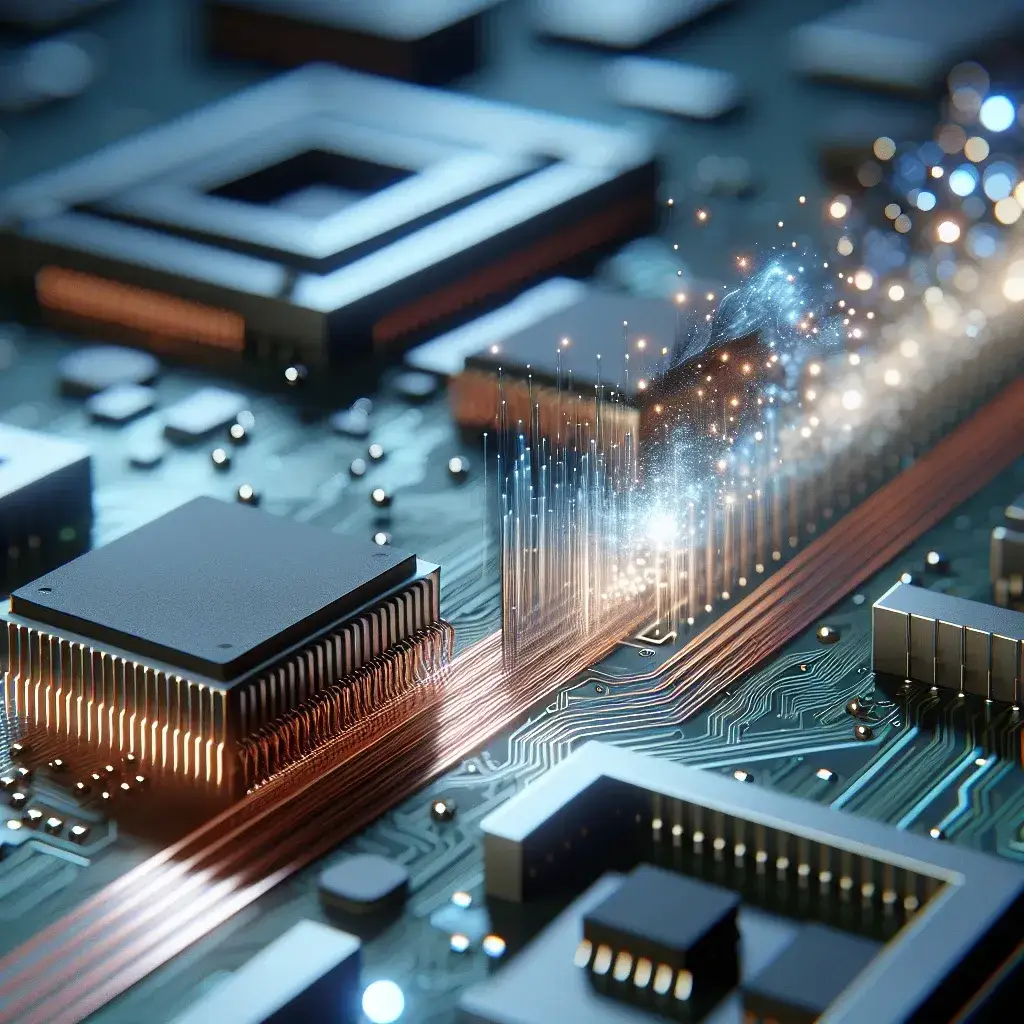Introduction
As the digital landscape evolves, the demand for efficient memory usage becomes more critical, particularly in high-performance computing and gaming applications. One of the innovative solutions that address these needs is Blackwell’s MaxQ technology. This article delves into the optimization of VRAM (Video Random Access Memory) usage, highlighting its significance, practical applications, and the sophisticated mechanisms that drive its efficiency.
Understanding VRAM
VRAM is a specialized type of memory designed to store image data that a computer’s graphics processor needs. Unlike regular RAM, VRAM is optimized for high-speed data access, which is essential for rendering images, videos, and graphics in real-time. As gaming and graphical applications become increasingly sophisticated, the demand for optimized VRAM usage has surged.
The Role of Blackwell’s MaxQ Technology
Blackwell’s MaxQ technology stands at the forefront of enhancing VRAM efficiency. By leveraging advanced algorithms and optimizing data flow, this technology minimizes bottlenecks and ensures that graphics-intensive applications run smoothly without taxing system resources. The following sections will explore the key features and optimization strategies employed by MaxQ technology.
Key Features of MaxQ Technology
- Dynamic Memory Allocation: MaxQ technology employs dynamic memory allocation techniques that adjust the VRAM usage based on real-time demands. This adaptability ensures that the system utilizes memory resources effectively.
- Load Balancing: By distributing workloads evenly across available resources, MaxQ minimizes VRAM congestion during peak usage times, thus enhancing performance.
- Intelligent Caching: The technology incorporates intelligent caching mechanisms that store frequently accessed graphics data in VRAM, reducing the need for repeated data retrieval from slower storage mediums.
- Compression Techniques: MaxQ utilizes advanced compression techniques to reduce the amount of VRAM needed for specific tasks without sacrificing quality, making it ideal for high-resolution content.
Optimization Strategies for VRAM Usage
To maximize the potential of Blackwell’s MaxQ technology, several optimization strategies can be employed:
1. Profiling and Monitoring
Regular profiling of VRAM usage can help identify patterns and peak usage times. Monitoring tools can provide insights into how different applications utilize VRAM, allowing for targeted optimizations.
2. Adjusting Graphics Settings
Modifying in-game graphics settings can significantly impact VRAM usage. Reducing texture quality or disabling unnecessary graphical features can free up VRAM for more essential tasks.
3. Utilizing VRAM Efficiently
Applications can be designed to allocate VRAM more judiciously, ensuring that only the necessary data is loaded into memory. This strategy is crucial in environments where multiple applications compete for resources.
4. Implementing Multi-GPU Setups
Using multiple GPUs can effectively increase available VRAM, allowing for more extensive graphics processing capabilities. MaxQ technology facilitates the efficient use of VRAM across multiple GPUs.
Real-World Applications of MaxQ Technology
The implications of optimized VRAM usage extend beyond gaming. Industries such as film, animation, and scientific visualization rely on rendering capabilities that necessitate efficient memory management. For instance:
- Gaming: In gaming, MaxQ technology allows developers to create rich, immersive environments that push the boundaries of graphics fidelity without sacrificing performance.
- Film Production: In the film industry, MaxQ can streamline the rendering process for visual effects, significantly reducing production times and costs.
- Scientific Research: Researchers in fields such as climate modeling and molecular dynamics can leverage MaxQ to visualize complex data sets efficiently.
Challenges and Considerations
While the optimization of VRAM usage in Blackwell’s MaxQ technology presents significant advantages, it also comes with challenges. Balancing performance with cost, ensuring compatibility with existing hardware, and managing heat output in high-performance systems are critical considerations that must be addressed.
Future Predictions for VRAM Optimization
As technology progresses, the future of VRAM optimization looks promising. With advancements in AI and machine learning, we may see even more intelligent systems capable of predicting VRAM needs based on user behavior and application demands. Such innovations could revolutionize how VRAM is utilized across various sectors.
Conclusion
The optimization of VRAM usage in Blackwell’s MaxQ technology is a cutting-edge advancement that not only enhances gaming experiences but also has far-reaching implications for various industries. By understanding and implementing the strategies discussed, users can maximize the performance and efficiency of their systems. As we move towards an increasingly graphics-intensive digital future, the role of technologies like MaxQ will be crucial in ensuring that we can meet the demands placed on our hardware.
